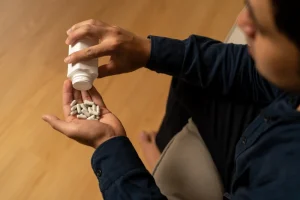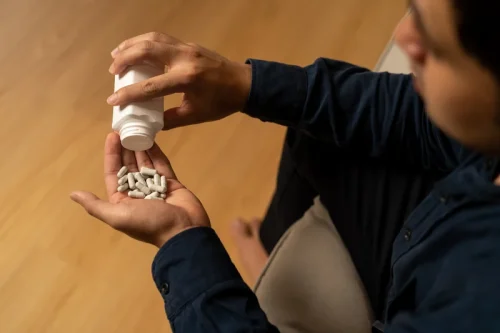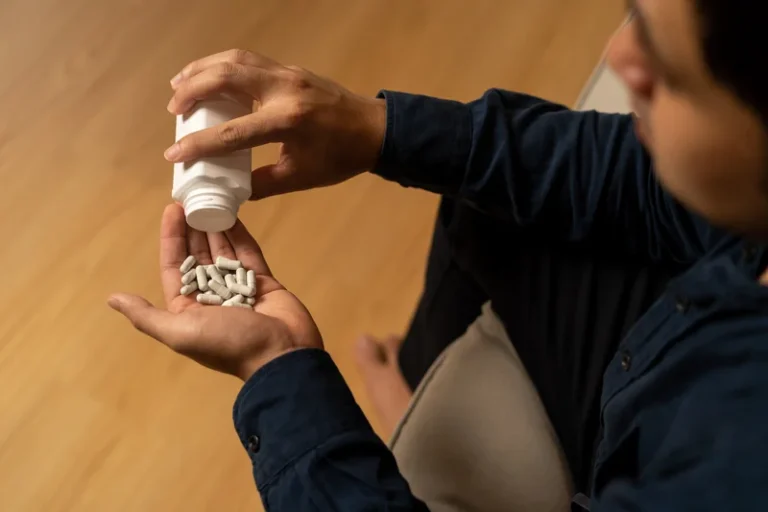
The main difference between Level 2 homes and Level 1 homes is with the way that they are governed. Most often, a supervisor is elected, and he or she is responsible for ensuring that residents comply with the rules and works to resolve any community complaints. The first Oxford House was opened in 1975 in Maryland when the founder’s halfway house closed due to funding cuts. Since then, homes operating under the Oxford House model have spread across the country – as of 2012, there were 1,500 homes. We do not receive any commission or fee that is dependent upon which treatment provider a caller chooses.
Benefits of Sober Living
Finally, a transitional housing center with a sobriety requirement could be of great help if you’re struggling with housing insecurity, mainly due to addiction struggles. American Addiction Centers (AAC) offers sober living arrangements nationwide at Resolutions – Recovery Residences. Enter your phone number below to receive a free and confidential call from a treatment provider. The cost of a Level 1 home is simply the cost of rent, utilities, and other shared expenses divided by the number of residents. A small association fee is often required to maintain membership in the affiliate’s network. Strict enforcement of these rules ensures a stable environment where you can focus on your recovery without external pressures or temptations.

Who Should Consider A Sober Living Home?
These homes aren’t just about staying substance-free; they’re about learning how to live a fulfilling life in sobriety. Here, you’ll find a community of peers who understand your struggles and share your goal of maintaining sobriety. They are environments free of substance abuse where individuals can receive support from peers who are also in recovery.

What to Know About the Sober Living House
- Sometimes, sober living houses also act as a stand-alone approach for substance misuse problems, meaning that someone will go straight there without first attending a residential treatment center.
- When in active addiction, we tend to ignore the things that make us successful.
- Enter your phone number below to receive a free and confidential call from a treatment provider.
However, the idea behind the Addicted-Self Model is that alcoholism, like many other diseases, is a physical ailment—one that there is no cure for, only treatments that can help alleviate the symptoms. And one of those treatments is to simply (or not so simply) avoid consuming alcohol or whatever substance is the object of the addiction. Halfway houses, like other recovery and sober-living houses, are intended to gently reintroduce tenants back into society, free from the pressures and triggers of a potentially dangerous home environment. Ethos Structured Sober Living is an all male community in recovery located in the heart of West Los Angeles. Our primary purpose is to foster long-term sobriety through the cultivation of accountability, camaraderie, & character development.
- While sober living houses have research touting their efficacy, it is also important to remember that they are still environments where you are living with others and the focus is on staying sober.
- The journey ahead may have its challenges, but with the structure, accountability, and camaraderie found in these homes, you’re never alone.
- Although halfway houses share a lot in common with sober-living homes, there are a few key differences that set them apart.
- The Minnesota Model was also developed during the 1950’s and formed the basis of the social model for recovery, which is foundational to modern-day sober living homes.
- Some sober living facilities provide substance-free transitional housing for only men or only women, meaning men live with men and women live with women.

Differences between the two can stem from funding, length of stay, and requirements to apply to live there. Sober living homes typically do not limit the length of stay and may not require previous attendance in a formal addiction treatment program. Halfway houses, on the other hand, typically have a time limit and require residents to either be attending a treatment program or have recently completed one. Some are on the campus where drug and alcohol addiction treatment is provided, and others are independent homes, apartments or condos. The number of residents depends on the size of the home or licensed beds in a facility.

By encouraging a sense of community and togetherness, recovering people are motivated to bond with others, support each other, and continue sobriety to retain their place in the house. By immersing yourself in a supportive sober living community, you’re not just navigating the recovery journey with the assistance of others but also actively contributing to the shared goal of lasting sobriety. This collective effort not only makes the process more manageable but also enriches your experience with meaningful relationships that can last a lifetime. Living among peers who are also committed to a sober lifestyle offers a unique form of support and understanding. This sense of belonging can significantly reduce feelings of isolation and increase your motivation to maintain sobriety. Regular meetings and group therapy sessions within these communities further bolster your emotional and psychological resilience.
Sober transitional living spaces like sober homes can help you by limiting your access to drugs sober living and alcohol. The specific number of treatment days covered, in- versus out-of-network costs, and coverage for specific interventions often vary per insurance plan. To find out how much of the cost of sober living housing your health insurance will cover, it is best to call your insurance company before committing to a sober living home. By living together, sharing experiences, difficulties, and accomplishments, and participating in communal activities, residents can build a strong support system that will assist them in long-term recovery.